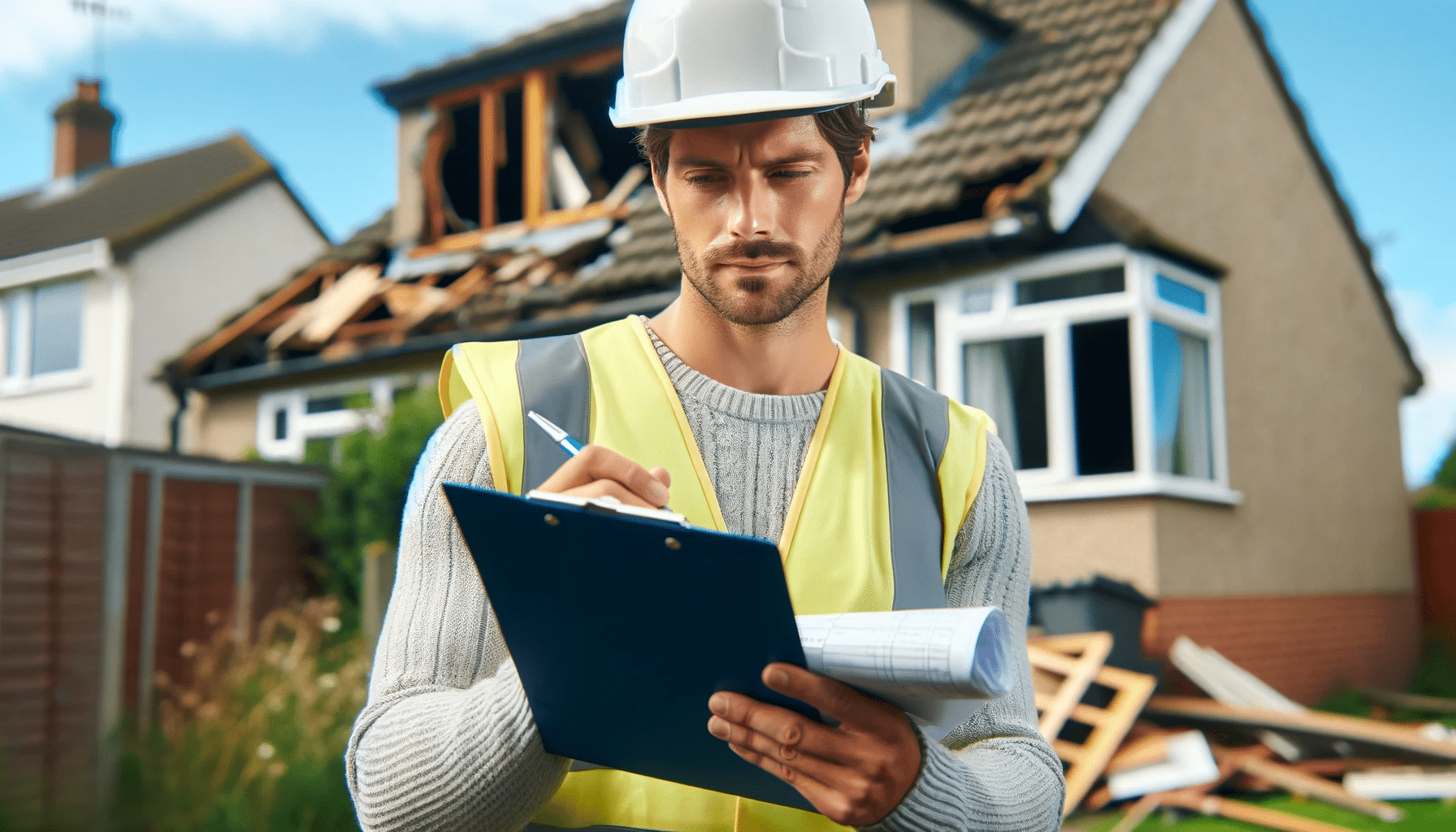
Reconstruction costs for homeowners’ claims can present several challenges and problems, both for homeowners and insurance companies dealing with the high risk. These issues are often complex and can vary depending on the specific circumstances of the claim, the location of the property, and broader economic factors. Here are some key problems and considerations:
- Rising Construction Costs: One of the primary issues is the increasing cost of construction materials and labor. Factors such as inflation, supply chain disruptions, and labor shortages can significantly drive up reconstruction costs. This can be particularly problematic if the homeowner’s insurance policy does not cover the full cost of rebuilding.
- Underinsurance: Many homeowners are underinsured, often without realizing it. This means their insurance policy may not cover the total cost of rebuilding their home in the event of a total loss. This gap can be due to an increase in construction costs over time, improvements made to the property that were not updated on the policy, or simply not having enough coverage initially.
- Code Upgrades and Compliance: When rebuilding, the new construction must comply with current building codes, which may have changed since the original structure was built. Compliance with newer, more stringent codes can add significant costs to the rebuilding process. If the insurance policy does not include ordinance or law coverage, the homeowner may have to pay these additional costs out of pocket.
- Delays in Reconstruction: Delays can occur due to a variety of reasons, including difficulty in finding contractors, delays in insurance payouts, or challenges in obtaining necessary permits. These delays can be costly and stressful for homeowners.
- Discrepancies in Estimates: There can be significant discrepancies between what insurance adjusters estimate for the cost of repairs and what contractors actually charge. This can lead to disputes between homeowners and insurance companies over the claim amount.
- Complexity of Claims Processing: The process of filing and settling a claim can be complex and time-consuming. Homeowners may find it challenging to navigate the claims process, understand their policy, and advocate for their needs.
- Temporary Housing Costs: If the home is uninhabitable during reconstruction, homeowners may incur additional living expenses (ALE). While many policies cover these costs, there may be limits or caps that can be quickly exhausted, especially if reconstruction is delayed.
- Emotional and Psychological Impact: Beyond the financial and logistical challenges, the process of dealing with a destroyed or severely damaged home can be emotionally and psychologically taxing for homeowners.
- Market Variability: In areas where the real estate market is volatile, the cost of reconstruction can be unpredictable. This variability can affect both the amount of insurance needed and the actual costs when a claim is made.
- Climate Change and Natural Disasters: Increasingly severe and frequent natural disasters, partly due to climate change, can lead to higher reconstruction costs, especially in high-risk areas. This can also lead to a general increase in insurance premiums.
To mitigate these problems, it’s important for homeowners to regularly review and update their insurance policies, ensuring that they have sufficient coverage to match the current value and rebuilding costs of their homes. Additionally, understanding the specifics of their policy, including what is and isn’t covered, can help prepare high risk homeowners for potential issues in the claims process.